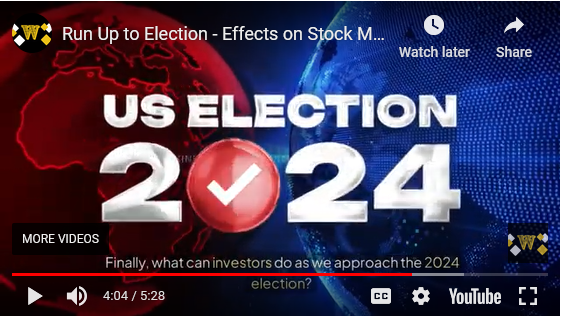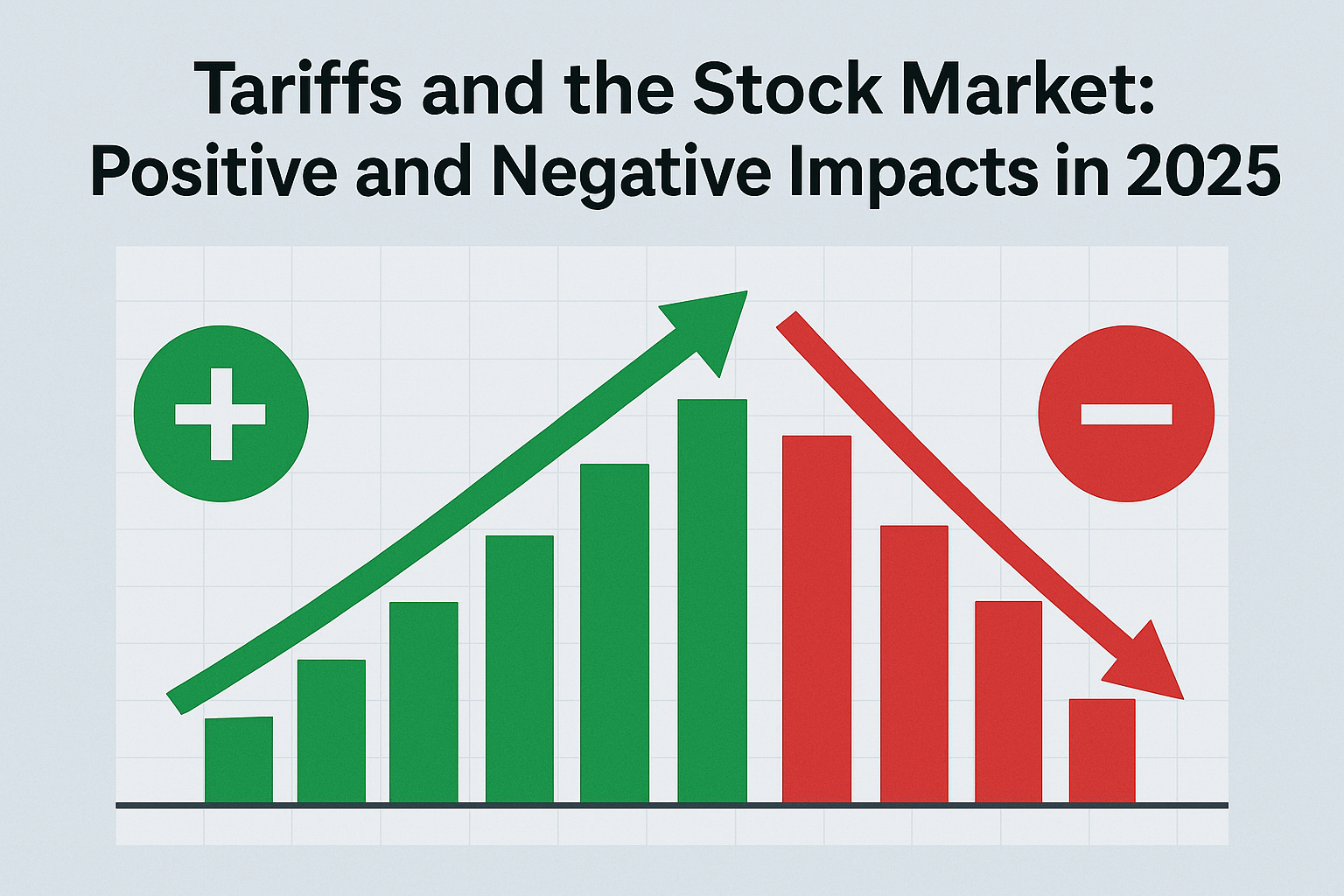
TRADER’S TRIO SPECIAL
(BETTER THAN A BAKER’S DOZEN!)
BUY THREE MONTHS OF WEEKLY OPTIONS TRADING MEMBERSHIP FOR $357 AND GET A FOURTH MONTH FREE!
Search this site:
Winning With Weekly Options
in the Run-Up to the Presidential
Election
Welcome traders. Today, let's discuss how the U.S. stock market will be affected in the run-up to presidential elections. Additionally, we’ll touch on how you can apply this knowledge, particularly by incorporating strategies like trading weekly options, which can offer opportunities to profit from market volatility around election time.
First, let’s
start with the performance of
the stock market, particularly
the S&P 500. Historically,
since 1952, the S&P 500 has
averaged a 7% gain during U.S. presidential
election years. Although a 7%
rise is solid, it is lower
than the 17% average gain seen in the year preceding the election. It also
falls short of the approximate 10% average annual return for the S&P 500 in typical years. This means election years often see more modest growth. For options
traders, such a pattern
can provide key opportunities.
At Weekly Options USA, we focus on using
weekly options to take advantage of shorter-term
fluctuations in the market. When volatility
tends to increase during election
cycles, there are numerous trading
strategies, such as buying call or put options, that can help you
leverage these movements—without committing large sums for long-term positions.
Next, let's consider the Presidential Election Cycle Theory. This theory posits that stock
markets follow a four-year cycle.
The first two years of a
president’s term are generally weaker for stocks as the president focuses on
fulfilling campaign promises.
Meanwhile, the latter two years
are typically stronger as economic
growth initiatives are pushed to boost re-election chances. However, recent history has defied this theory.
For instance, during Donald Trump’s presidency, the S&P 500 surged 19% in his first year—contradicting expectations of a weak market early in the term. This unpredictability can present both risks and opportunities. With weekly options, you can manage short-term positions and adjust quickly as markets react to political shifts.
In terms of which party performs better for the stock market, analysis from Allianz shows that U.S. equities tend to perform better under Democratic presidents, delivering an average nominal return of 13.8%, compared to 8.9% under Republican presidents. After adjusting for inflation, real returns are 9.7% under Democrats versus 5.1% under Republicans. However, these results don’t guarantee future outcomes, and macroeconomic events often overshadow party impacts. For traders, this reinforces the need for agility and timing—both of which are possible with weekly options trading.
In trading weekly options, one advantage is that options contracts expiring every Friday allow you to capitalize on short-term market swings that may arise from election-related news, debates, or policy announcements. Another interesting factor is the impact of a divided government. Despite expectations that gridlock hampers policy and market performance, data from Allianz suggests that markets can still perform well under divided governments. For example, the S&P 500 performed best under Democratic presidents without a majority in Congress, delivering a 17.2% return. Similarly, Republican presidents with a Republican majority saw returns of 16.8%. What this shows is that broader market forces, rather than just political power dynamics, play a significant role in market performance.
In volatile times like election cycles, options traders often look to capture value in unpredictable movements. Using weekly options strategies, traders can adjust their positions rapidly, capitalizing on sudden market movements following policy shifts or election updates.
Finally, what can investors do as we approach the 2024 election? Elections can certainly trigger volatility, and for trading weekly options, this volatility is often a source of opportunity. The key is to conduct thorough research, understand your risk appetite, and choose the right assets or options contracts to trade. One thing to keep in mind is that elections have historically caused temporary market shifts, but over the long run, the market tends to recover and grow. Investors who stay invested often fare better than those trying to time the market. For example, missing the 10 best trading days in the S&P 500 from 1994 to 2023 would have reduced your return by 54%. Similarly, for traders, timing is crucial, and with weekly options, you have the flexibility to make quick decisions and exit trades as needed.
In conclusion, while elections create volatility, that very volatility offers significant opportunities, especially for those trading weekly options. Whether you’re looking to hedge against short-term risks or capitalize on swift market movements, trading with Weekly Options USA provides a powerful toolkit to navigate election cycles. We hope this video has given you insight into how the upcoming presidential elections impact stocks and bonds, and how trading strategies like weekly options can help you navigate these market shifts effectively.
Therefore…..
For future trades, join us here at Weekly Options USA, and get the full details on the next trade.
Back to Weekly Options USA Home Page from Presidential Election Effect
Recent Articles
-
191% Weekly Option Win on Super Micro Computer Amid Market Mayhem
191% Weekly Option Win on Super Micro Computer Amid Market Mayhem – What’s Next? -
Tariffs and the Stock Market: Positive and Negative Impacts in 2025
Tariffs and the Stock Market: Positive and Negative Impacts in 2025. This article explores both the positive and negative effects of tariffs on the stock market based on recent data, forecasts, and ma… -
SMCI’s Wild Ride: Options Traders Are Profiting From the Ups and Downs
SMCI’s Wild Ride: How Options Traders Are Profiting From the Ups and Downs



